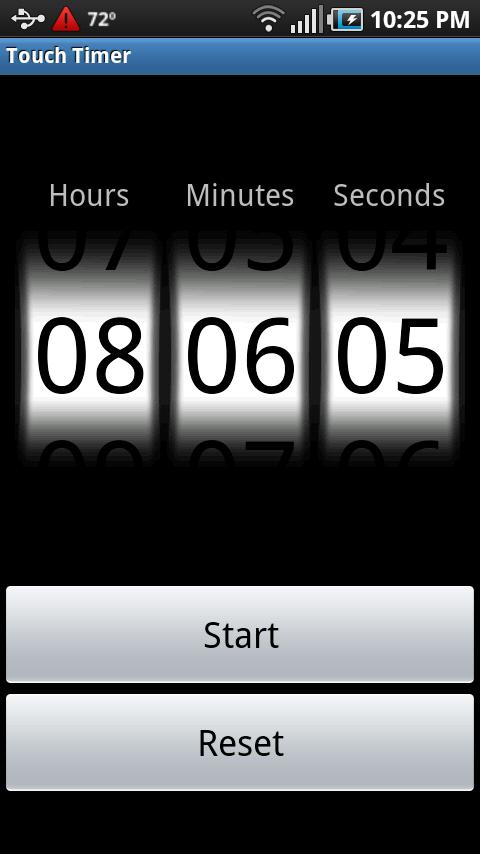When teaching the Elements of Fiction, I've usually started by discussing familiar stories with students and then randomly placing a jot note in a chart something like this (for Cinderella).
SETTING
|
CHARACTER
|
PROBLEM
|
SOLUTION
|
When
|
Where
|
Who
|
What
|
Why
|
How
|
Sometime
|
Somewhere
|
Somebody
|
Wanted
|
But
|
So
|
Then
|
Long Ago
|
|
|
|
|
Her fairy godmother came
|
|
|
|
|
To go to the ball
|
|
|
|
|
In a faraway kingdom
|
|
|
|
|
She went to the ball, met
the prince, got married and lived happily ever after
|
|
|
|
|
Her evil stepmother would
not let her
|
|
|
|
|
Cinderella
|
|
|
|
|
A simple plot summary for
Cinderella (using the SSSWBST formula) would be:
Long ago, in a faraway kingdom, Cinderella wanted to go to the ball BUT her evil stepmother wouldn't let her. SO, her fairy godmother appeared and helped her. THEN she went to the ball, met and married the prince, and lived happily ever after.
We would then complete the chart with elements from other shared stories, use a die to randomly select 1 item for each category and then write a new 'fractured' story summary. This would be followed-up with either a modeled or shared writing session.
I wanted to move away from the chart and die format and make something that we could spin. For a minute I thought about asking my husband to help me make me a
big and
real wheel - like the one on Wheel of Fortune, but, as much fun as that would be, where would I keep it? Then, I was using a timer app and I thought that something like this could be modified to fit my needs.
But I don't have a clue about how to develop my own app....yet, but I want to learn.

I couldn't find an online tool that was exactly what I wanted, so I spent some time on PowerPoint creating
Wheels of Fiction. Maybe I'm impressed due to the
"IKEA Effect", but I made something that actually SPINS! (and I think my grade 2's will like the spinning action and sound effects).
I'll use this with my grade 2's, but if I was still teaching middle school I would have students create their own spinners (while I was creating this, I realized how much math (probability, circumference, degrees in a circle, etc.), ethics/character ed (what might look random is NOT), and language was involved.
In any grade, this will help students articulate a clear and simple plot summary, generate story ideas (for those who need some help), and set the scene for writing collaboratively or independently.
PS - Best viewed as a PowerPoint slide show. The SPIN animation doesn't work on an iPad when you use SlideShark . Spin works in Office365 PowerPoint Web App, although there is still no sound.
I've filled in all of the slides so that you can get the idea of how it works, but the beauty in this PPT is that you can customize it to suit your needs. I would love to hear how you might use the Wheels of Fiction :)

















